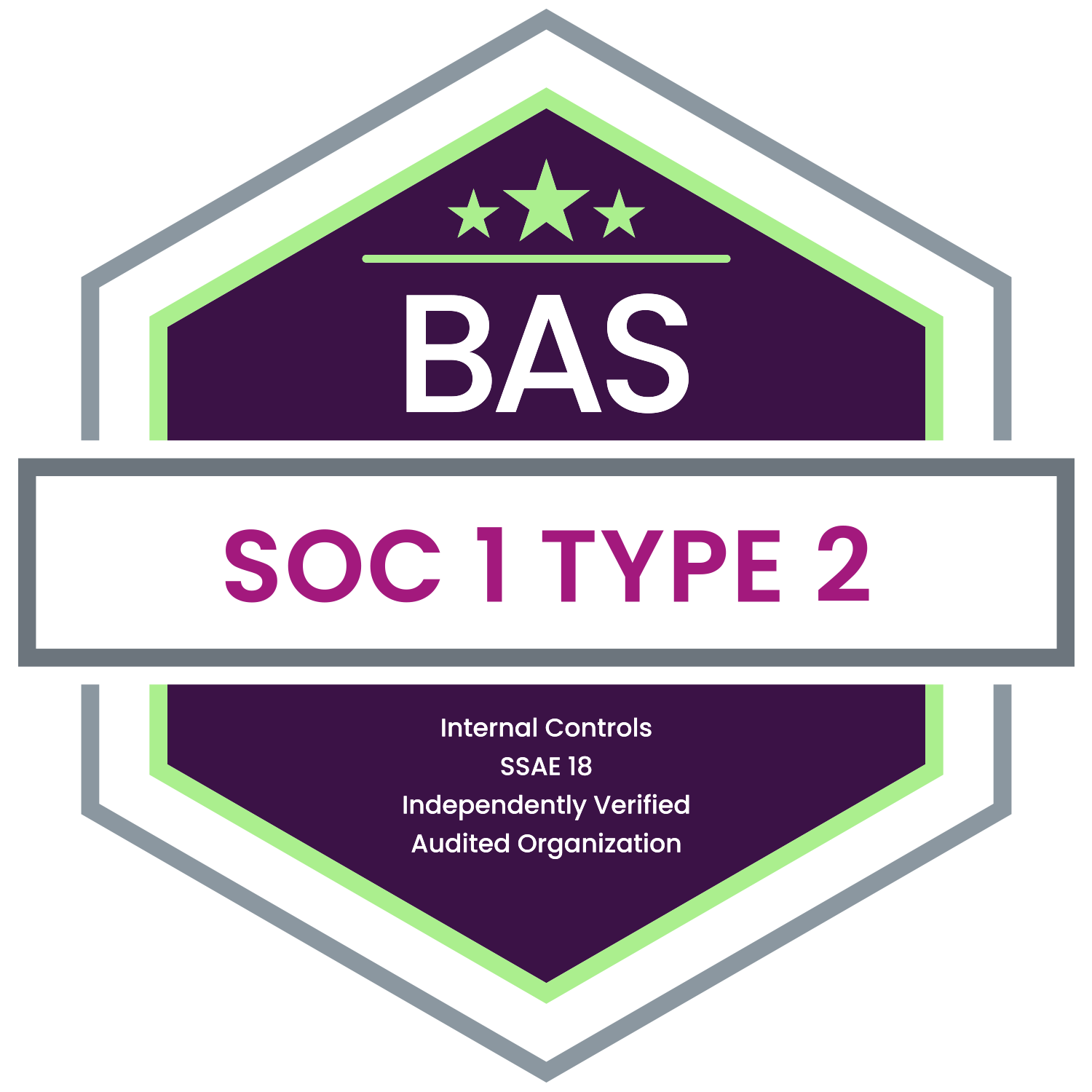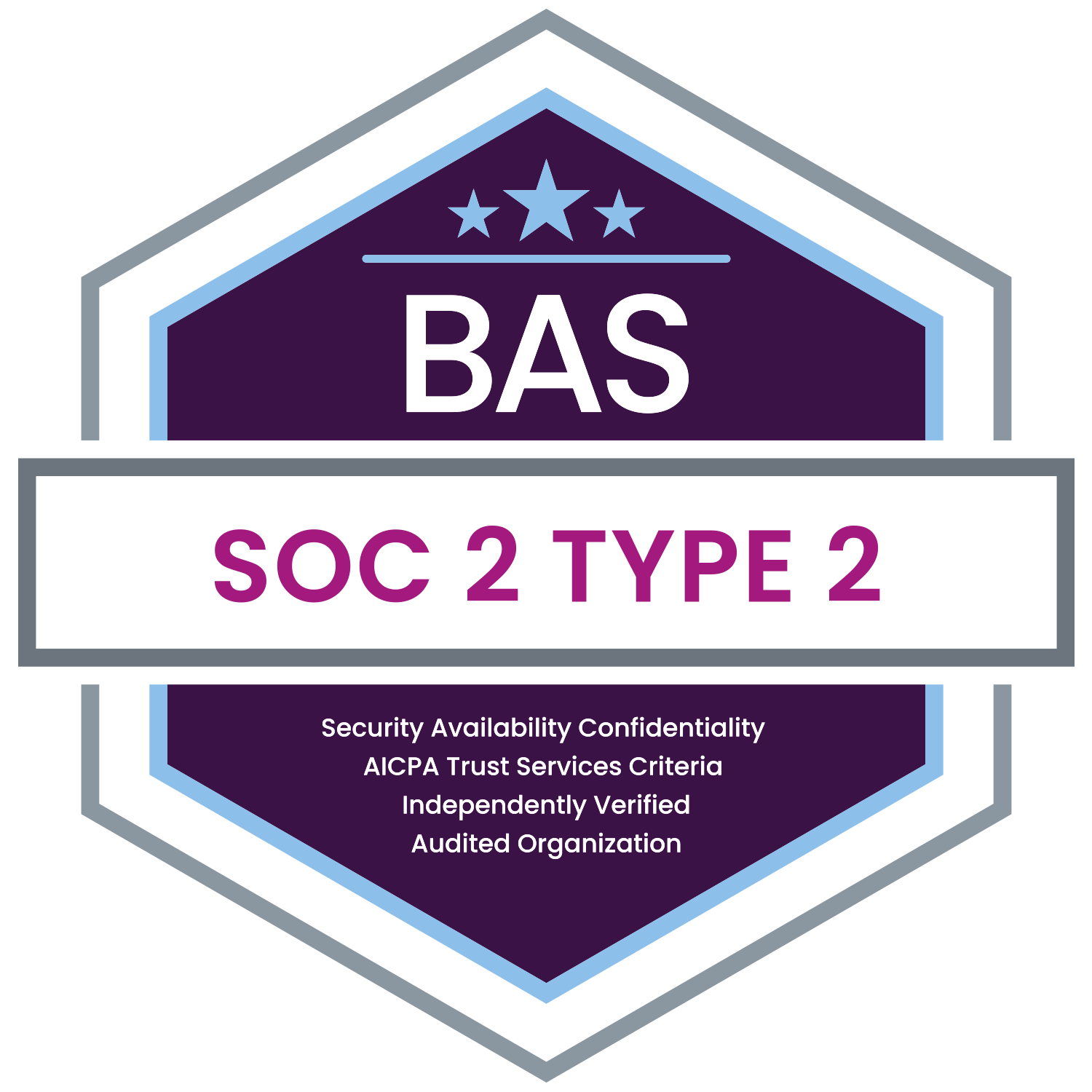The Affordable Care Act (ACA) requires certain employers to offer health coverage to full-time employees or face potential employer shared responsibility penalties. Determining who is considered “full-time” under ACA rules is an essential part of staying compliant. Employers can choose between two primary methods for making this determination: the Monthly Measurement Method and the Look-Back Measurement Method.
Monthly Measurement Method
Overview
This approach reviews an employee’s hours on a month-to-month basis. It works best for organizations where employee schedules are stable and predictable.
How It Works
- Full-Time Definition: An employee is full-time if they work at least 130 hours in a calendar month.
- Monthly Review: At the end of each month, total all hours worked plus paid leave (vacation, sick, holiday).
- Coverage Requirement: If an employee meets the 130-hour threshold for a month, they are considered full-time for that month and must be offered coverage to avoid penalties.
Example
Maria is a customer service representative who works 35 hours a week every month. She regularly exceeds 130 hours each month, so she is considered full-time every month and must be offered coverage without interruption.
Pros and Cons
- Advantages: Simple to administer; adjusts quickly to changes in hours.
- Drawbacks: Employees with fluctuating schedules may frequently move between full-time and part-time status, which can cause coverage gaps.
Look-Back Measurement Method
Overview
This method helps employers with variable-hour or seasonal workforces by stabilizing full-time status determinations over a longer period.
How It Works
- Measurement Period: A set period of 3–12 months to track hours worked.
- Administrative Period: Up to 90 days to process results and notify employees.
- Stability Period: Once determined, an employee’s status remains fixed for a period at least as long as the measurement period, regardless of hours worked during that time.
Example
Tim works as a warehouse associate with hours that vary between 20 and 40 hours per week depending on demand. Over a 12-month measurement period, his average is 32 hours per week (about 138 hours per month). He is classified as full-time for the following 12-month stability period, even if some weeks during that time he works fewer than 30 hours.
Pros and Cons
- Advantages: Reduces frequent status changes; provides predictable coverage.
- Drawbacks: More complex administration; new hires may wait for coverage until the initial measurement period ends.
Side-by-Side Comparison
|
Feature |
Monthly Measurement Method |
Look-Back Measurement Method |
|
Best for |
Stable, predictable schedules |
Variable-hour or seasonal employees |
|
Full-time definition |
130+ hours in a calendar month |
Based on average hours over 3–12 month measurement period |
|
Frequency of status changes |
Monthly; may fluctuate often |
Fixed for stability period, even if hours change |
|
Ease of administration |
Simple to calculate |
More complex, requires tracking multiple periods |
|
Coverage predictability |
Can vary from month to month |
Stable during stability period |
|
New hire impact |
Immediate monthly assessment |
May wait until end of initial measurement period |
Choosing the Right Method
The right approach depends on your workforce:
- Stable Schedules: The Monthly Measurement Method may be easiest.
- Variable or Seasonal Schedules: The Look-Back Measurement Method may provide better stability.
Regardless of method, employers should maintain detailed, accurate hour records to ensure compliance and avoid ACA penalties.
Tip: BAS’ MyEnroll360 system and ACA Data Collection and Reporting Service can manage either measurement method, helping HR teams stay compliant while reducing administrative burden. For more information, contact your account manager or email solutions@basusa.com.
Benefit Allocation Systems (BAS) provides best-in-class, online solutions for: Employee Benefits Enrollment; COBRA; Flexible Spending Accounts (FSAs); Health Reimbursement Accounts (HRAs); Leave of Absence Premium Billing (LOA); Affordable Care Act Record Keeping, Compliance & IRS Reporting (ACA); Group Insurance Premium Billing; Property & Casualty Premium Billing; and Payroll Integration.
MyEnroll360 can Integrate with any insurance carrier for enrollment eligibility management (e.g., Blue Cross, Blue Shield, Aetna, United Health Care, Kaiser, CIGNA and many others), and integrate with any payroll system for enrollment deduction management (e.g., Workday, ADP, Paylocity, PayCor, UKG, and many others).
This article is for informational purposes only and is not intended as legal, tax, or benefits advice. Readers should not rely on this information for taking (or not taking) any action relating to employment, compliance, or benefits. Always consult with a qualified professional before making decisions based on this content.









